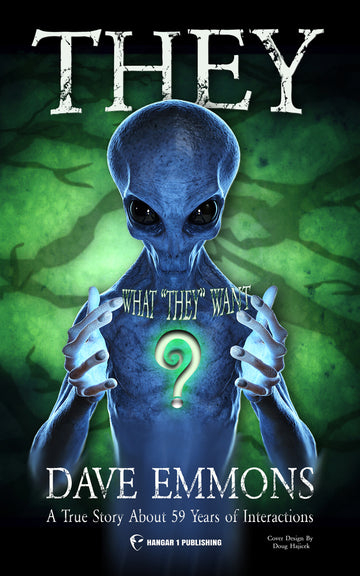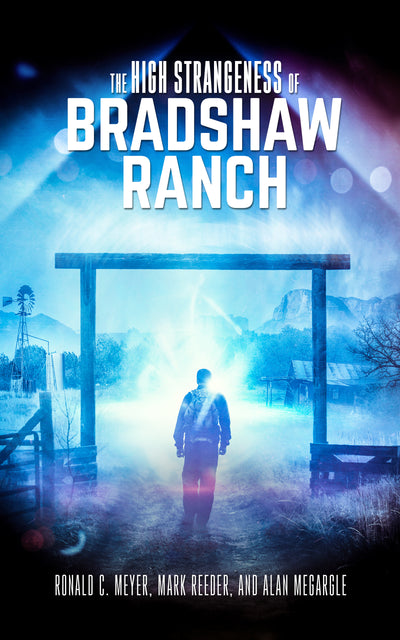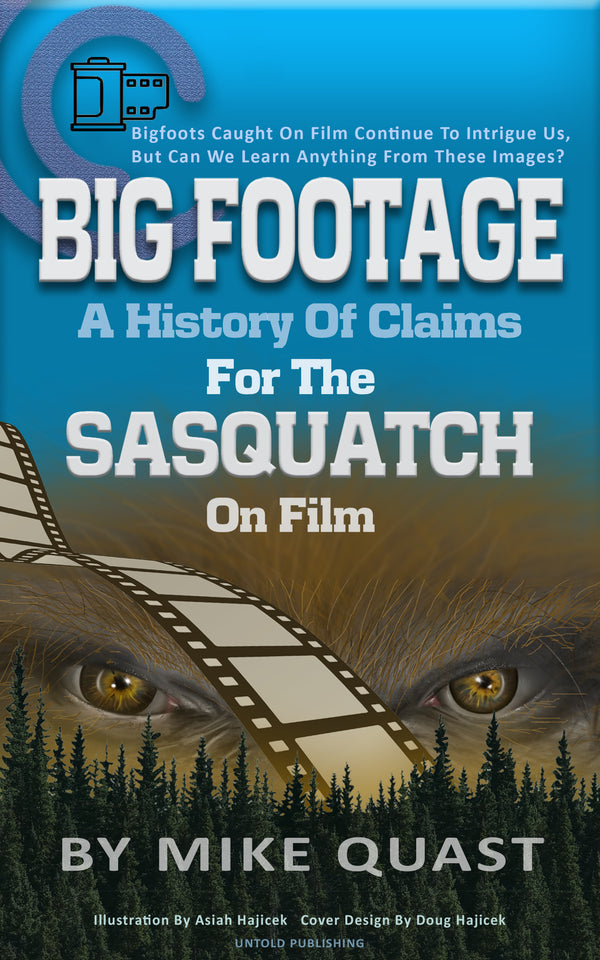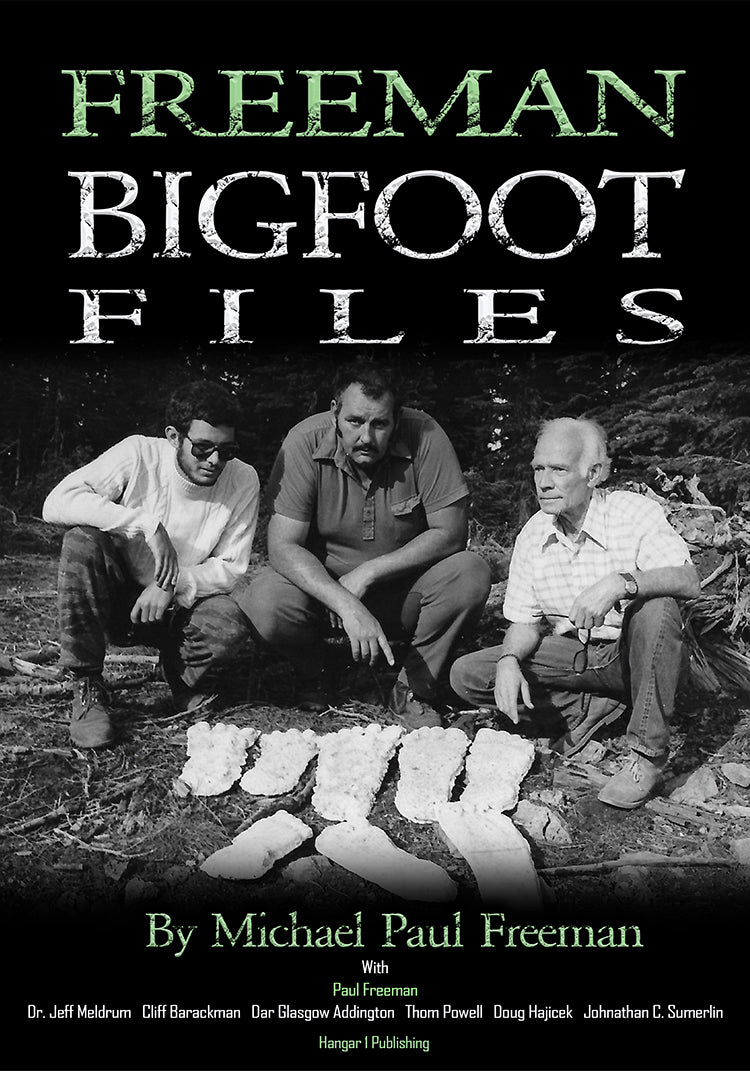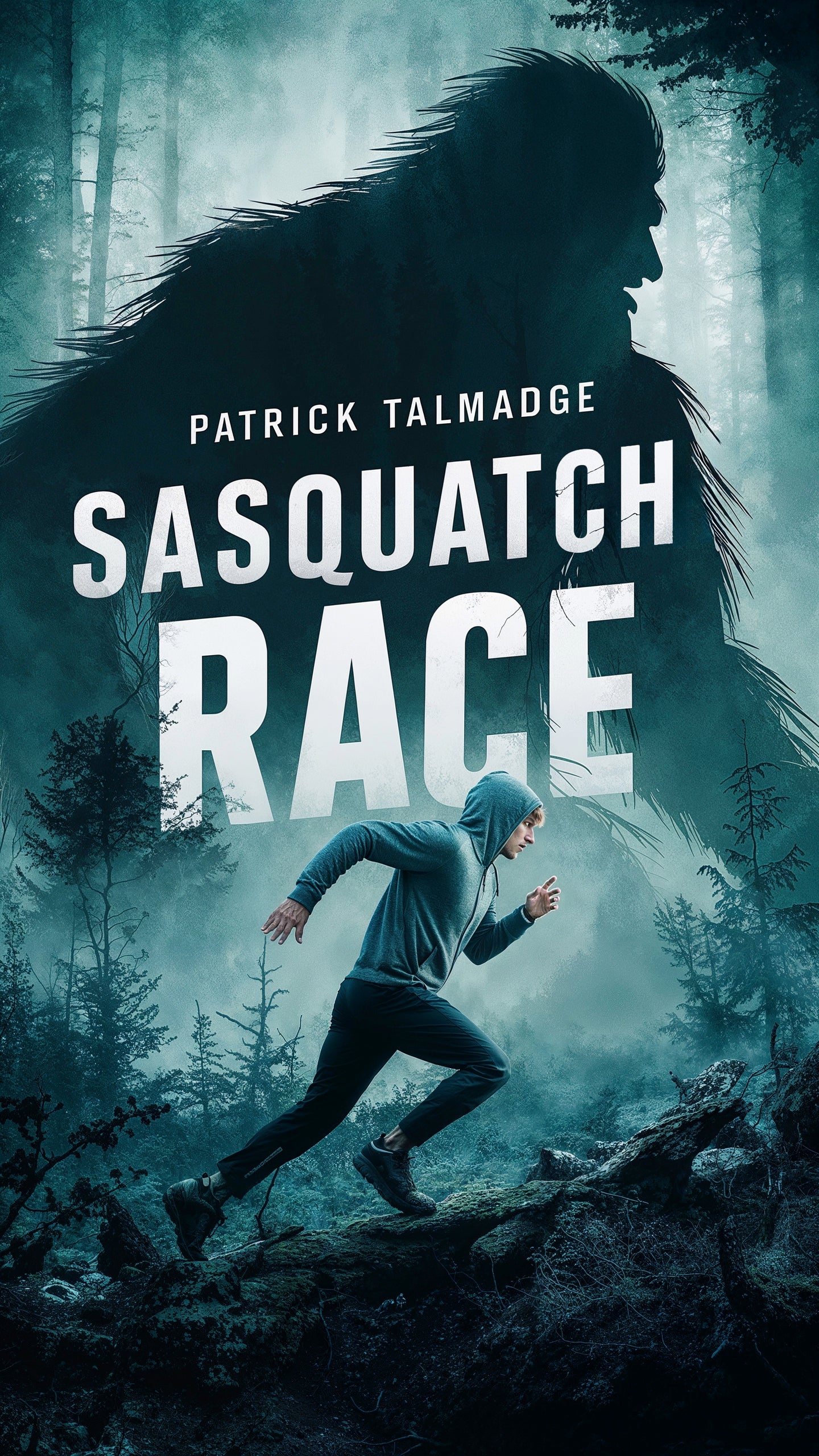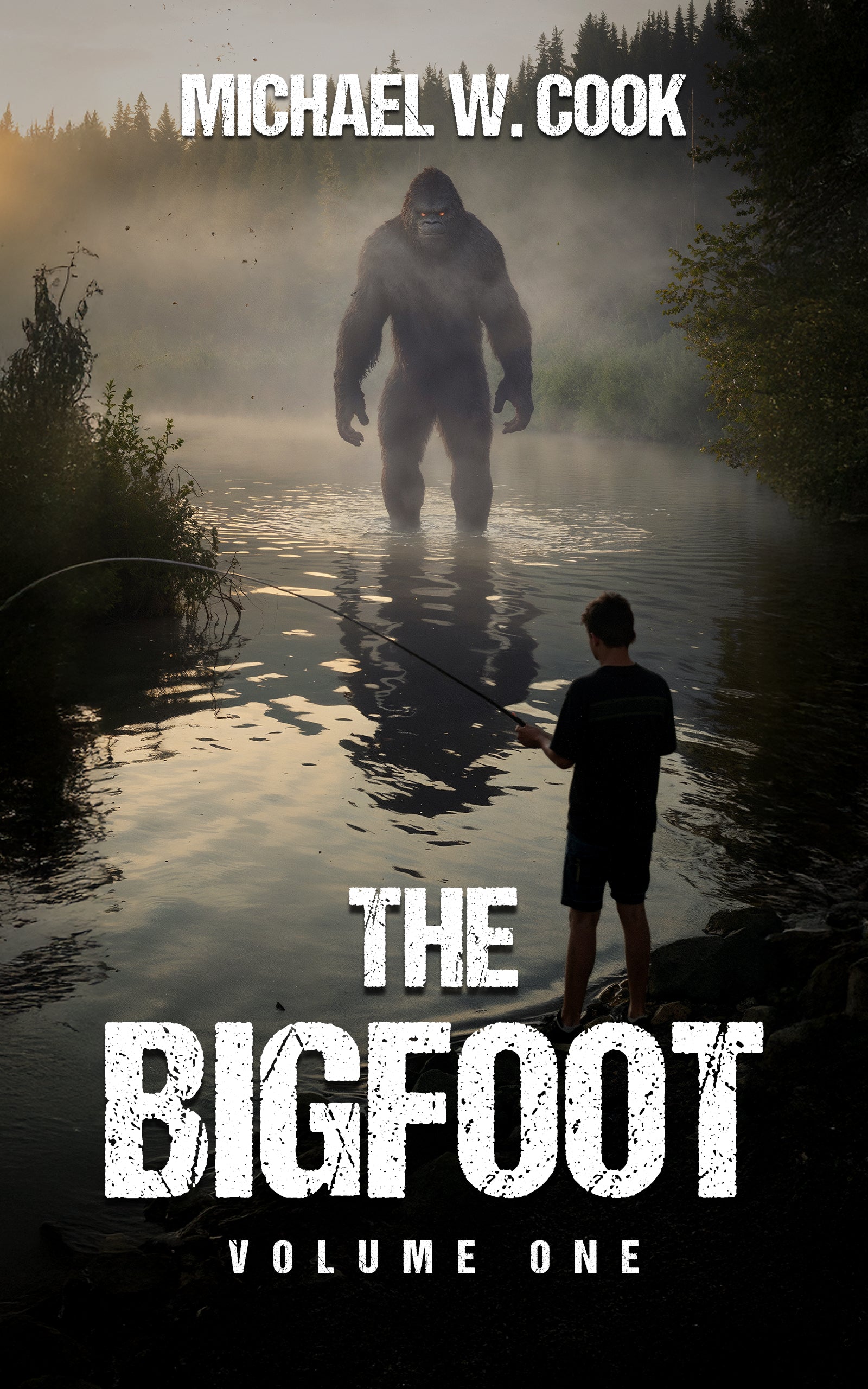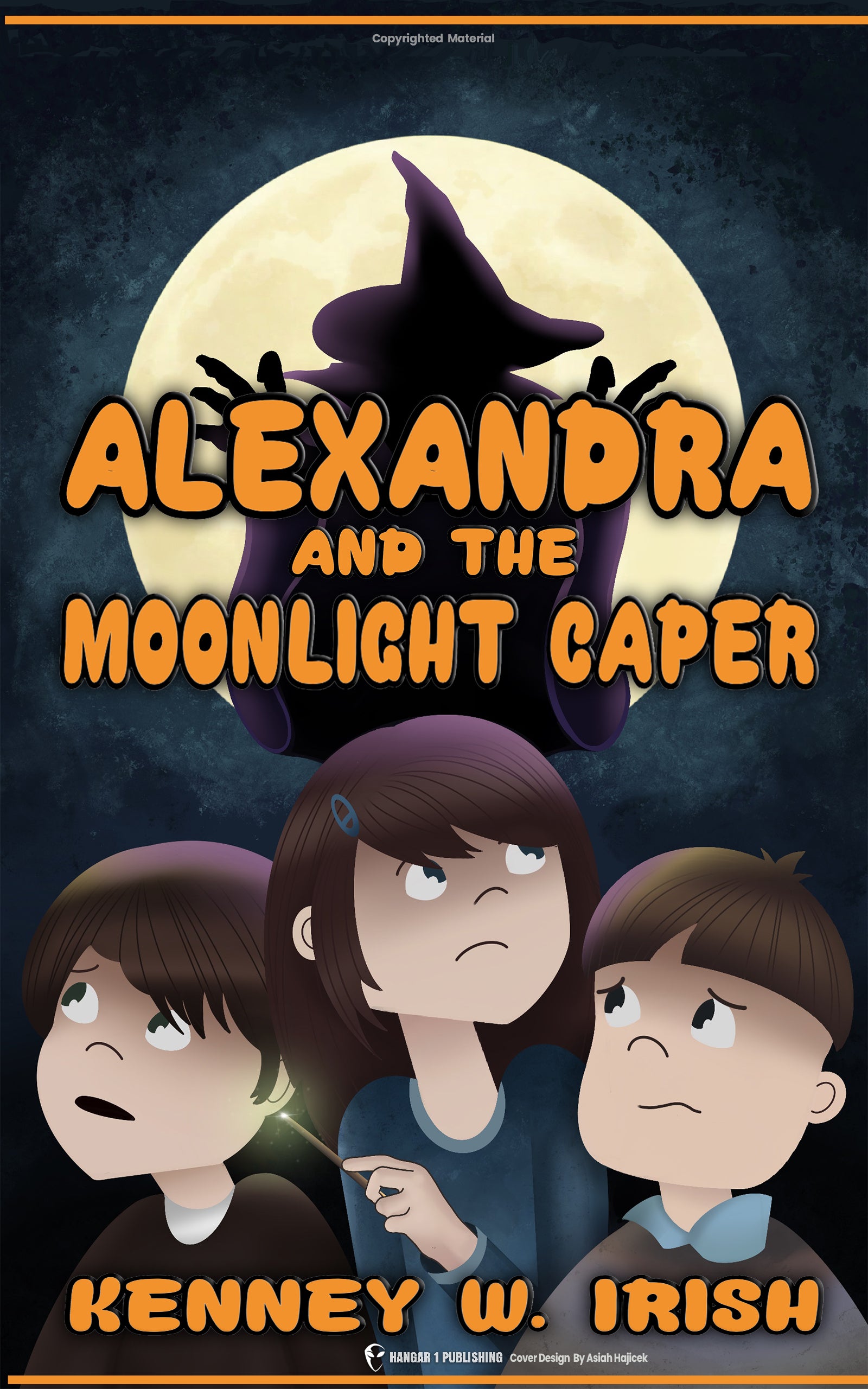Shag Harbour Incident: Canada's Undeniable UFO Mystery
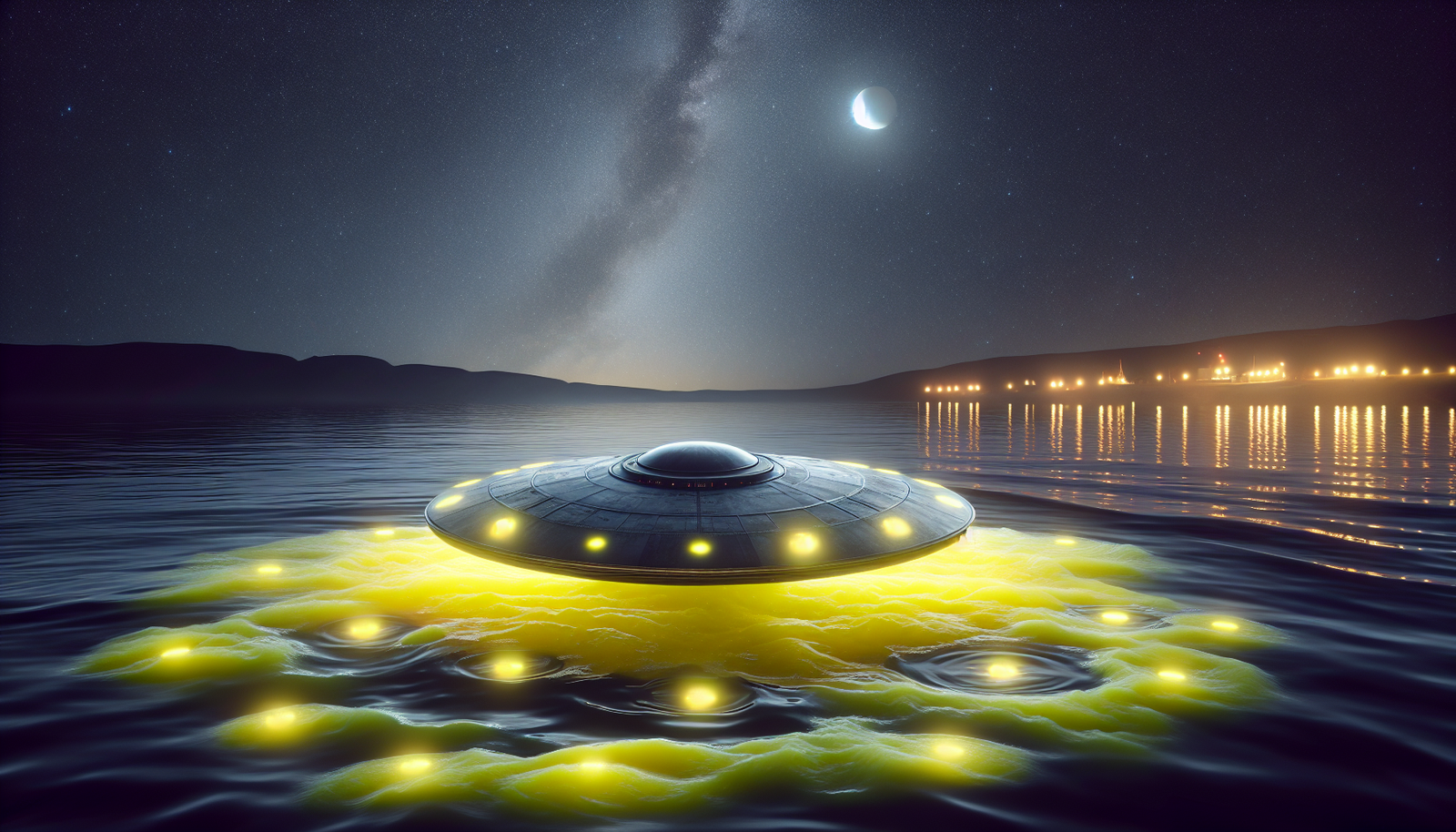
By Elaine Westfield, Ufologist
Most UFO stories fade quickly into obscurity, dismissed as misidentifications or hoaxes. But occasionally, a case emerges with such compelling evidence and credible witnesses that it resists easy explanation. The Shag Harbour Incident stands as precisely this kind of anomaly—a UFO event so well-documented that more than five decades later, it continues to confound researchers and intrigue the public.
On the night of October 4, 1967, something extraordinary happened in the waters off the coast of Nova Scotia. Multiple witnesses, including Royal Canadian Mounted Police (RCMP) officers, watched as a mysterious object descended from the sky and crashed into the Atlantic Ocean near the tiny fishing village of Shag Harbour. What followed was an unprecedented government response, a search and rescue operation, and ultimately, an enduring mystery that earned the nickname "Canada's Roswell."
A Maritime Village Forever Changed
Before October 1967, Shag Harbour was just another quiet fishing community on Canada's Atlantic coast. With a population of roughly 400-450 people, the village was so small it was literally left off many maps of the time. Named after the shag, a bird of the cormorant family, the harbour's economy centered almost exclusively on lobster fishing.
Like many maritime communities, Shag Harbour had its share of local folklore—tales of giant sea serpents, man-eating squid, and ghost ships that allegedly haunted the waters. But on that fateful autumn night, a new chapter would be added to the village's mythology, one that would eventually put this tiny community on the map and transform it into an unlikely destination for UFO enthusiasts from around the world.
"It's changed the identity of our community," says Laurie Wickens, one of the original witnesses who now serves as president of the Shag Harbour UFO Incident Society. "For better or worse, we've become known as the place where a UFO crashed."
What's particularly notable about the Shag Harbour case isn't just what happened, but where it happened. The proximity to secret military installations and underwater surveillance networks adds a Cold War dimension to the mystery. During this period, Soviet submarines frequently prowled these waters, and both American and Canadian forces maintained sophisticated detection systems to track them.
A Night of Strange Lights Across Nova Scotia
The events at Shag Harbour were actually the culmination of a series of unusual sightings across Nova Scotia that night. As darkness fell on October 4, 1967, strange lights began appearing in the skies over the province.
At approximately 7:15 PM, Air Canada Flight 305 was cruising at 12,000 feet near Sherbrooke, Quebec. Captain Pierre Charbonneau and First Officer Robert Ralph observed what they described as a "brilliantly lit, rectangular object" with a "string of smaller lights trailing it." The object was traveling on a parallel course to their aircraft. At 7:19 PM, the pilots witnessed what they called a "sizeable silent explosion" near the large object. Two minutes later, a second explosion occurred, which then faded into a blue cloud.
These trained aviation professionals weren't the only ones seeing unusual phenomena that evening. Around 8:30 PM in Mahone Bay, 12-year-old Daryl Dorey, along with his sister and mother, spotted what they described as "an orange ball of light trailed by several smaller lights." Young Daryl was so affected by what he saw—particularly the object's seemingly impossible acceleration and maneuvers—that he immediately wrote a report to the commander of Canadian Forces Base Greenwood.
Captain Leo Howard Mersey of the fishing vessel MV Nickerson reported yet another sighting at approximately 9:00 PM. Located about 50 km south of the Sambro Island Lighthouse, Mersey and his crew of 18 men observed strange lights in the sky. What makes his observation particularly compelling is that the objects not only were visible to the naked eye but also appeared clearly on the ship's radar as four distinct contacts.
As the evening progressed, more sightings were reported. Multiple calls came into the Halifax Chronicle-Herald newspaper and local radio stations from people claiming to have seen glowing objects flying over Halifax around 10:00 PM. Among them was an unidentified woman who described seeing "a bright round object in the sky moving from the Halifax-Dartmouth ferry landing north to south." She characterized it as "bright, more vivid than a star, with an orange hue like a halo around the circumference."
One of the few pieces of photographic evidence from that night comes from Mason's Beach in Lunenberg, where photographer Will C. Eisner captured a 5-minute time exposure of three lights arranged in a tilted triangle. The photograph shows stationary lights that, unlike stars, didn't leave streaks during the long exposure—suggesting they were holding position in a way that conventional aircraft couldn't.
The Crash at Shag Harbour
The main event began at approximately 11 p.m. on the night of Oct. 4, 1967, when Seventeen-year-old Laurie Wickens and four friends were driving along Highway 3 when they noticed flashing lights in the sky.
"There were four lights in a row, and they were going on and off," Wickens would later recall. "One would come on, then two, three, and four—and they'd all be off for a second and come back on again."
The lights appeared to be attached to a single object, estimated to be about 60 feet in length. As the teenagers watched, the object descended at a 45-degree angle toward the water. When they reached the top of a hill, they could see that the object was now floating on the water's surface, approximately 250-300 meters offshore.
Wickens and his friends initially believed they had witnessed an airplane crash. Concerned about potential survivors, Wickens rushed to a nearby phone booth and called the RCMP detachment in Barrington Passage.
"I thought it was an airplane," Wickens says. "I called the RCMP and told them I thought a plane had crashed into the water."
The RCMP officer who took Wickens' call was initially skeptical, even asking if the teenager had been drinking. But when several more calls came in reporting the same phenomenon, the officer quickly changed his tune and dispatched units to the scene.
Coincidentally, RCMP Constable Ron Pound had already witnessed the strange lights himself while driving along Highway 3. By the time police arrived at the shoreline, a small crowd had gathered. What they observed was a pale yellow light floating about 8 feet above the water's surface, moving under its own power and trailing a wide path of yellowish foam.
As witnesses watched, the object gradually sank beneath the waves and disappeared. Wickens later described this moment: "It disappeared different than anything I've ever seen. It didn't look like it sank, it didn't look like it went out. I don't know, it just disappeared."
The Search Begins
The response to the reported crash was swift and thorough, involving multiple government agencies and local volunteers—another aspect that sets the Shag Harbour Incident apart from many UFO reports.
Within 15 minutes of Wickens' call, RCMP officers were on the scene. Given the assumption that an aircraft had crashed, the RCMP contacted the Rescue Coordination Centre (RCC) in Halifax to advise them of the situation and ask if any aircraft were missing.
Believing there might be survivors in the water, local fishermen quickly mobilized. Lawrence Smith, a local fisherman who received an urgent call about the crash, recalls, "I thought, oh my God, a plane... first thing I thought of was people in the water." Within half an hour, Smith and other local fishing boats were searching the area.
What they found, however, was not wreckage or survivors, but a strange patch of yellow foam that stretched for over half a mile in length. Smith noted that the foam was "very disturbing" and had "a little smell like sulfur, burnt sulfur." Several local fishermen with decades of experience insisted this was not normal ocean foam.
"I have been fishing that area for 45 years," one veteran fisherman stated. "I have never seen any foam like that ever on the water. If you were motoring out through going fishing and you went through something like that, you would stop and say, 'What's been going on here?'"
The Coast Guard Cutter 101 from nearby Clark's Harbour arrived about an hour after the incident was reported, but they also found no trace of conventional wreckage.
No Aircraft Missing: The Official Investigation
By the morning of October 5th, the RCC in Halifax had determined that no aircraft were missing. The Coast Guard captain received confirmation via radio that all commercial, private, and military aircraft were accounted for along the eastern seaboard, in both the Atlantic provinces and New England.
This is where the case takes a fascinating turn. With all conventional explanations eliminated, the RCC Halifax sent a priority telex to the "Air Desk" at the Royal Canadian Air Force headquarters in Ottawa, which handled all civilian and military UFO sightings. The message explicitly categorized the incident as a "UFO Report," stating that all conventional explanations had been dismissed.
The head of the Air Desk then sent another priority telex to the Canadian Navy headquarters concerning the "UFO Report" and recommended an underwater search. The Navy, in turn, tasked Fleet Diving Unit Atlantic with carrying out the search.
On October 7th, two days after the crash, a team of Navy divers began searching the seafloor off Shag Harbour. The divers spent three days combing the area but, according to the official report, found no trace of any object.
The Halifax Chronicle-Herald provided extensive front-page coverage of the incident. On October 7th, the paper ran a headline story titled "Could Be Something Concrete in Shag Harbour UFO – RCAF." The article included witness descriptions, details about the search and rescue effort, and information about the Navy's underwater search.
Squadron Leader Bain, the head of the Air Force's "Air Desk" in Ottawa who had recommended the underwater search, was quoted saying the Air Force was "very interested" in the matter: "We get hundreds of reports every week, but the Shag Harbour incident is one of the few where we may get something concrete on it."
On October 9th, the Chronicle-Herald ran another story titled "UFO Search Called Off," stating that the Navy had ended "an intensive undersea search for the mysterious unidentified flying object that disappeared into the ocean here Wednesday night." When asked what was found, the Navy simply stated, "Not a trace... not a clue... not a bit of anything."
A Documented UFO: The Official Paper Trail
What makes the Shag Harbour incident particularly significant in UFO history is that it's one of the few cases where government officials themselves used the term "UFO" in their official communications. This doesn't mean they were claiming it was an alien spacecraft; "UFO" simply means "unidentified flying object." But the fact that Canadian authorities officially classified the incident as a UFO case, rather than explaining it away or dismissing witness accounts, gives it a level of credibility rarely seen in such reports.
In the Department of National Defence files located at the National Library and Archives of Canada, there is a report that states:
"Lower Woods Harbour, Nova Scotia, on October 4, 1967, at 2345 hours local RCMP Corporal [Werbicki] from Barrington Passage, NS, and six other witnesses sited a large flying object... This object in the time interval of approximately 5 minutes flew down to the water, floated and sank. The object was described as being an excess of 60 ft in diameter and carried four white lights spaced horizontally at a distance of 15 ft... Maritime command were asked on October 5th to conduct an investigation into the sighting and at the present time one officer and a diving team of three men are on the scene aided by Coast Guard Cutter 101. Signed W.W. Turner, Colonel Director Operations."
A memo between departments stated: "A preliminary investigation has been carried out by the Rescue Coordination Center in Halifax. It has been determined that this UFO sighting was not caused by a flare, float, aircraft or in fact any known object."
This kind of official acknowledgment and documentation is rare in UFO cases and contributes to the enduring interest in the Shag Harbour incident.
The Shelburne Theory: Did the UFO Travel Underwater?
While the official search was called off on October 9th, 1967, the story of the Shag Harbour incident was far from over. In the early 1990s, Chris Styles—who, as a 12-year-old boy, had his own UFO sighting in Dartmouth on the same night—began a meticulous investigation.
Styles tracked down original witnesses, searched through government archives, and pieced together what happened on that October night in 1967. He was later joined by Don Ledger, another researcher, and together they co-authored a book titled "Dark Object: The World's Only Government-Documented UFO Crash."
One of the most controversial aspects of their investigation was the discovery of what they claim happened after the object disappeared from Shag Harbour. According to their book, the UFO that crashed didn't just sink—it traveled underwater approximately 70 kilometers northeast to the vicinity of HMCS Shelburne, a small U.S. Navy support facility for an offshore sonar array used for anti-submarine warfare.
This facility, officially disguised as an oceanographic research base, was actually part of the SOSUS (Sound Surveillance System) network, a top-secret system of underwater microphones deployed throughout the Atlantic Ocean to detect Soviet submarines during the Cold War. In addition to the microphones, there was also a "MAD Grid" (Magnetic Anomaly Detection) laid out under the water, which could detect the metal signatures of submarines.
According to Styles and Ledger, who claim to have interviewed former military personnel involved in the operation, the object that crashed in Shag Harbour traveled underwater to this sensitive military zone, where it was joined by a second underwater craft. For about a week, naval forces monitored these objects before they eventually launched back off into space.
This part of the story is highly controversial. Skeptics point out that Styles and Ledger present no concrete evidence for these claims, and the sources they cite wished to remain anonymous, making verification impossible.
However, proponents of this theory point to an intriguing piece of evidence: an RCMP "X-file" discovered in a Nova Scotia university archive in 1993, which makes mention of a "second search effort off Shelburne." Additionally, in a statement given to the RCMP by a fisherman a week after the incident, there's a reference to "the thing they were looking for down off Barrington Passage or Shag Harbour or off Shelburne," suggesting that there might indeed have been a second search location that was not publicly acknowledged.
The Human Element: Witnesses Then and Now
The Shag Harbour incident had a profound impact on those who witnessed it. Many were reluctant to come forward initially, fearing ridicule or disbelief.
Peter Goreham, who was 13 years old in 1967, saw a bright white light cutting through the treetops outside his window, followed by a whistling and tumbling sound. He reported what he saw to his parents and the RCMP but told nobody else for decades. "When you mention extraterrestrial, people don't go for that," he explained. "You become a target, and people label you." It wasn't until 2013, more than 45 years after the incident, that Goreham finally came forward publicly.
For Laurie Wickens, the incident has defined much of his life. "I can't tell you what came down or what landed in the water—if it was a plane or if it was a UFO, I don't know—but there definitely was something that came down out of the sky and landed in the water," he has stated. "I can still see it. I'd like to see it again, I really, really would."
The incident also had a profound impact on researchers like Chris Styles, for whom it became a lifelong quest. "The Shag Harbour incident is unique in that it's one of the cases that the more data you learn, the more witnesses, the more documentation, this case does not evaporate," Styles has said. "The more you learn, the stronger it gets in terms of its unconventional reality."
Ongoing Investigations and Modern Technologies
In recent years, efforts to uncover the truth about the Shag Harbour incident have continued with modern technologies. Diver David Cvet has been surveying the ocean floor for years and claims to have discovered "underwater anomalies, or depressions" in the area where the crash is said to have taken place.
Cvet described one of these depressions as "a dinner plate, with the centre being about a foot deep... It was perfectly round. A perfect circle. And the covering of this depression was comprised of pebbles two to four centimeters in size. So where are the big rocks? Where are the plants? Where are the scallops, the lobsters, the silt? There was nothing, it was absolutely clear—like someone had swept it the day before."
In 2018, members of the famous Cousteau family—Celine and Fabian Cousteau, grandchildren of the legendary ocean explorer Jacques Cousteau—visited Shag Harbour to investigate the 1967 incident as part of their documentary series "Legends of the Deep." Their involvement brought renewed scientific attention to the case and its underwater component.
Theories and Explanations
Over the years, numerous theories have been proposed to explain what happened at Shag Harbour:
- Extraterrestrial Spacecraft: The most sensational explanation is that what crashed was an alien craft. Proponents point to the unusual movement of the lights, the lack of sound, the inability to identify the object as any known aircraft, and the strange yellow foam as evidence.
- Secret Military Aircraft: Given that the incident occurred during the height of the Cold War, some suggest what crashed might have been a secret military aircraft—either American or Soviet. However, skeptics note that if it were a military aircraft, the response would likely have been very different.
- Marine Distress Flares: A more prosaic explanation is that witnesses saw marine distress flares, potentially fired from a vessel in the area. Flares could explain the lights descending in the sky and even the light seen floating on the water briefly.
- Meteoric Phenomena: Another natural explanation is that witnesses observed a meteoric fireball or similar atmospheric phenomenon. Meteors can sometimes break into multiple fragments as they enter the atmosphere, creating a line of lights.
- Misidentification and Memory Contamination: Skeptics also point out that human perception is fallible, and memories can be influenced and altered over time. The fact that different witnesses reported varying details suggests there might not have been a single phenomenon that everyone observed.
Shag Harbour Today: Embracing the UFO Legacy
Today, the Shag Harbour incident has become central to the village's identity and economy. In 2006, a group of local residents formed the Shag Harbour UFO Incident Society with the goal of preserving and promoting the history of the 1967 event.
In 2007, the society opened its UFO Interpretive Centre, which houses artifacts, newspaper clippings, and displays related to the incident. The center attracts between 1,000 and 2,500 visitors annually from around the world.
The society also organizes an annual UFO festival, which includes presentations from UFO researchers, witness panels, and bus tours to the crash site. The 50th anniversary in 2017 was a particularly significant milestone, drawing increased attention and visitors.
In 2019, the Royal Canadian Mint issued a commemorative coin about the Shag Harbour incident. The $20 legal tender coin features a black-light-activated glow-in-the-dark image depicting the event. The initial release quickly sold out, indicating the enduring public interest in the case.
Local businesses have embraced this UFO heritage, with one Nova Scotian brewery even producing a "Shag Harbour UFO Blonde Ale," described as "out of this world, crisp and refreshing."
Unanswered Questions
Despite more than five decades of investigation, many questions about the Shag Harbour incident remain unanswered:
- What exactly crashed into the waters off Shag Harbour that night?
- What was the strange yellow foam observed by multiple witnesses?
- Did the Navy divers really find nothing during their three-day search?
- Is there any truth to the claims that the object traveled underwater to Shelburne?
- How do we explain the multiple sightings across Nova Scotia that night?
Noah Morritt, a PhD student studying folklore who has researched the incident extensively, perhaps sums it up best: "There's lots of interpretation of what it was, from flares to some kind of government satellite, or government aircraft, or extraterrestrial aircraft—there's been a whole range of stuff. I've not a clue [what it was]—no idea."
What makes the Shag Harbour incident so compelling is not just the mystery of what happened, but the extensive documentation and credible witnesses that prevent it from being easily dismissed. Whether it was an extraterrestrial craft, a secret military project, or an unusual natural phenomenon, something extraordinary occurred in those waters on October 4, 1967—something that continues to challenge our understanding and capture our imagination more than fifty years later.
For a small fishing village once literally left off the map, Shag Harbour has secured its place in history as the site of Canada's most enduring UFO mystery—a case that remains as puzzling today as it was on that autumn night in 1967.
From Bigfoot to UFOs: Hangar 1 Publishing Has You Covered!
Explore Untold Stories: Venture into the world of UFOs, cryptids, Bigfoot, and beyond. Every story is a journey into the extraordinary.
Immersive Book Technology: Experience real videos, sights, and sounds within our books. Its not just reading; its an adventure.









